If you hit up your local commercial gym on any given Monday evening, you’ll see that chest training is one of the most popular workouts for many lifters. Two classic lifts regularly used in this high-priority session are the time-tested flat bench press and its close cousin the incline bench press. Whether it’s right or wrong, when most…
The post Incline Bench Press vs. Flat Bench Press: Rethink Your Go-To Chest Press appeared first on Breaking Muscle.
If you hit up your local commercial gym on any given Monday evening, you’ll see that chest training is one of the most popular workouts for many lifters. Two classic lifts regularly used in this high-priority session are the time-tested flat bench press and its close cousin the incline bench press.
Whether it’s right or wrong, when most people think about “chest muscle” or “upper body training”, they think about the bench press. And when they’re ready for some variety, forget about dumbbell benching. They’ll often stick with a big barbell lift and hit up its companion — the incline bench press.

Despite the fact that these lifts may be at risk of being overhyped or oversaturated, they’re still both great and highly effective training options when it comes to adding strength and muscle to your upper body. Depending on your goals and your starting point, they’re actually worth a place in the right program.
Both exercises make it easy to gauge progress and see consistent results. But if you really want to get the most from them, you need a thorough understanding of what makes these two basic chest-builders different, what unique benefits they each offer, and you’ve got to know how to perform them effectively.
Incline Bench Press and Flat Bench Press
- Exercise Differences
- Exercise Similarities
- How to Do the Incline Bench Press
- How to Do the Flat Bench Press
- How to Program the Right Bench Press for Your Goal
Differences Between the Incline Bench Press and Flat Bench Press
To be thorough, it’s important to understand that the differences go beyond just using a slight angle. Each exercise is its own muscle-building monster and requires an understanding of what it can, or cannot, offer.
Muscle Recruitment
The flat bench press and incline bench press are both upper body presses that bear load for the shoulder joint and attached muscles. Being on an incline and pressing relatively closer to an overhead position will recruit a bit more of the clavicular pectoralis muscles (“upper chest”). (1) In comparison, the flat bench press will involve a bit more of the sternal pectoralis (mid or “lower” chest).
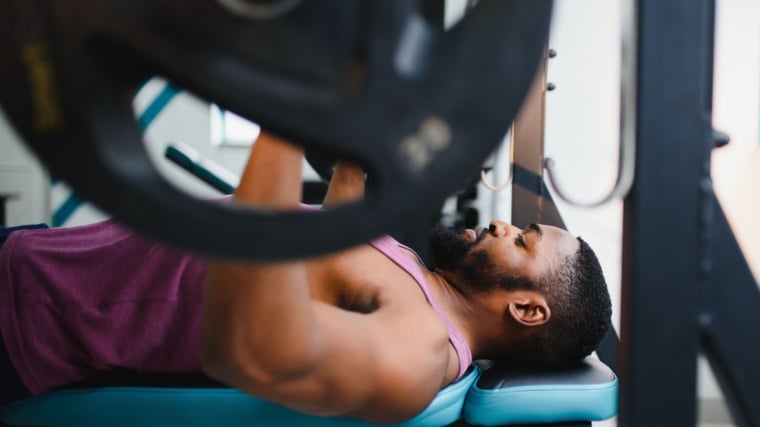
Incline pressing will recruit more of the deltoids (shoulders) — especially the front deltoids — compared to a flat bench press. Again, this is due to the arm angle relative to the body. This shoulder recruitment can be greater or lesser depending on the angle of the incline. A higher incline bench press will be more deltoid-dominant compared to a lower incline bench press. (2)
Joint Stress
Both of these lifts are bench press variations, and both will generally involve much of the same efforts. However, the incline bench press will be a bit more biased toward the shoulder joint and more contingent upon overall shoulder health.
Not only does the incline bench press bring your shoulder into a greater degree of extension at the bottom of each rep, but it also finishes each rep in more of an overhead position. For many lifters, this will be more taxing on the rotator cuff and shoulder joint, which is already a relatively limited in its stability compared to other joints.
Bench Angle and Arm Position
The flat bench press — the more popular and glamorized of the two lifts — is performed while lying horizontally on a flat bench. A lifter will likely have the capability to move a bit more weight due to the body’s orientation relative to the barbell and its path.
The incline bench press is performed on a bench that’s typically inclined to 45-degrees. This angle is fixed for incline bench stations, however it can be higher or lower if you’re using an adjustable bench placed in a squat cage, a Smith machine, or another customizable setup.
Since your torso is, as expected, more inclined during the incline bench press, your arm and shoulder position will be more flexed (closer to an overhead position) during the movement. In comparison, the flat bench press will ask more of a healthy shoulder capsule to lift the weight through a full range of motion.
Hand Position and Grip Width
Many find that using a slightly narrower grip on the flat bench press compared to the incline bench press is not only more comfortable, but also friendlier to their shoulder joints. The closer your upper arms remain to your torso, the easier it is to protect the relatively delicate shoulder joint while moving deep into extension through bottom-end ranges.
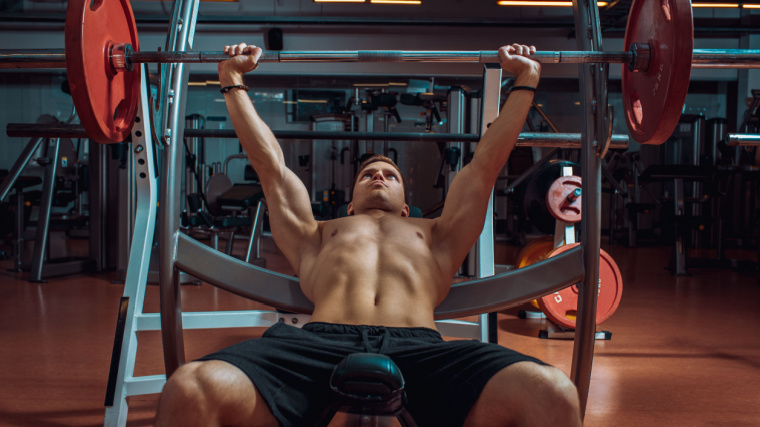
Because these bottom-end ranges are more exaggerated on the incline, as your elbows can move far below your body, using a slightly wider grip with the incline press can help prevent the elbow from traveling too far below the body’s line. That can sometimes mean stopping a couple of inches shy of an “ideal” bar-to-chest range of motion.
Seat Position and Footing
The incline bench press will have a much deeper seated position. This will be significant and noticeable, especially for taller lifters or those with relatively longer legs.
This can affect things like foot placement relative to your body and floor drive. It may not be quite as easy to achieve a “tucked” position when incline bench pressing. Because leg drive is reduced, the incline bench press is slightly more dependent on the force produced from the upper body alone. In contrast, the flat bench press can benefit from increased total-body tension created by a strong leg drive.
Point of Contact on the Body
Due to the differences in torso angle, even though the vertical line of the bar remains consistent, the point of contact on your body will indeed be different. In both lifts, the goal should be to maintain a vertical forearm so your elbow always remains under the bar at the bottom of the rep and your straight arm is under the bar at the top.
Doing this while changing the torso angle from one lift to another means the bar will most likely make contact somewhere around the mid-chest line during the flat bench press (depending on your arm length) and somewhere around your collarbones with the incline bench press. The incline pressing position may also result in slightly more outwardly flared elbows due to the higher point of contact.
Similarities Between the Incline Bench Press and Flat Bench Press
As founding members of the barbell bench press family, both the incline and flat bench press share several major similarities.
Horizontal Push Pattern
By classification, both the flat and incline bench press belong to the same movement pattern known as “horizontal pushing.” Both exercises focus on your upper body and both use your shoulder capsule as the primary load-bearing joint.
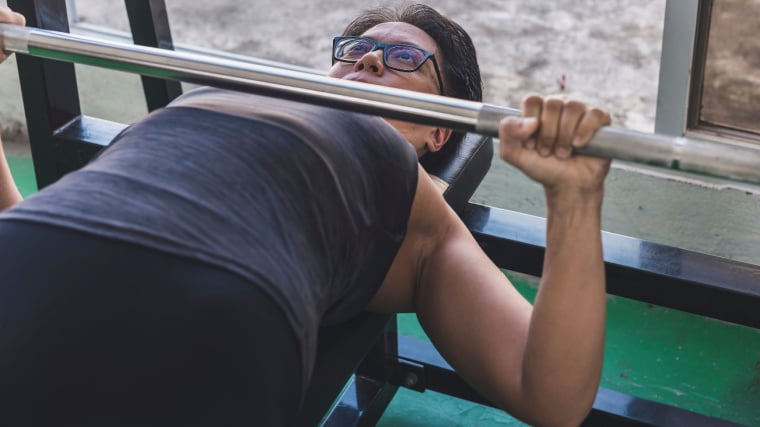
To some degree, your chest, shoulders, and triceps will be key players from a muscular perspective, even though the bench angle will determine the degree to which each muscle is recruited — as explained earlier.
Total Body Involvement
From a technique standpoint, the incline bench press and flat bench press both require focus to keep the bar path relatively vertical and perpendicular to the floor.
That involves setting a “target” in the same place on the ceiling for every repetition. It also involves placing tension throughout your entire body, including your upper back, glutes, and quads. One cue that proves invaluable for both lifts is “Aiming to “driving your feet into the floor,” especially as weight becomes heavier.
Available Variations
In both the incline bench press and the flat bench press, the opportunity exists to use kinds of barbells, like a neutral-grip football bar or cambered bar. Both movements can also be performed with different apparatus such as dumbbells or kettlebells to suit a lifter’s preferences or needs.
Furthermore, even if using a traditional barbell, there are options to add bands or chains to the bar. This will change the resistance profile to favor certain portions of the lift without altering basic setup or technique.
How to Incline Bench Press
The majority of cues for each type of bench press are virtually transferable. The most significant difference with the incline bench press is a change in the point of contact between the bar and your body.
Otherwise, you’ll find a similar checklist between the two movements. Regardless, be sure to treat the incline bench press as its own exercise and don’t try to simply copy “flat bench press technique using an incline bench.” Perform an incline bench press properly and deliberately.
- Set up the bench pad and rack so your eyes start under the bar.
- Assume four points of contact — feet on the floor, glutes on the bench, upper back on the bench, and head on the bench.
- Create a “tucked” position — pulling your feet toward your glutes and planting your toes into the ground.
- Grab the bar at a comfortable width that keeps your forearm vertical during the movement.
- Drag the bar out, rather than “lifting” it, into a starting position over your eyes. Remember, it’s an incline so the bar should start and finish over your eyes rather than over your shoulders.
- Lower to a full range of motion, toward your collarbones, without bouncing in the bottom position.
- Remain tight and drive your feet into the ground as you exhale and press the weight up.
How to Flat Bench Press
Some lifters take the bench press for granted, assuming that “they know how it’s done” or that it can’t be too complicated because everyone does it. Unfortunately, that approach often leads to bad shoulders, poor strength gains, and limited muscle growth.
Exactly because it’s popular, and because it has so many potential physical benefits, is why the flat bench press should be performed properly.
- Lie on the bench so your eyes start under the bar. If possible, adjust the bar hooks to start roughly six inches below full lockout to allow a good unrack.
- Assume four points of contact — feet on the floor, glutes on the bench, upper back on the bench, and head on the bench.
- Pull your shoulder blades together to get tight in the upper back and allow your lower back to create a natural arch.
- Create a “tucked” position — pulling your feet toward your glutes and planting your toes into the ground.
- Grab the bar at a comfortable width that keeps your forearm vertical during the movement.
- Drag the bar out, rather than “lifting” it, into a starting position over your shoulders.
- Lower to a full range of motion, ideally reaching your mid-chest, without bouncing in the bottom position.
- Remain tight and drive your feet into the ground as you exhale and press the weight up.
When to Do the the Incline Bench Press vs. Flat Bench Press
Though these lifts are potentially bordering on overuse in the classic gym community, they still have utility in a training program for both general lifters and athletes. Training the horizontal pushing pattern with either the incline bench press or flat bench press can be highly effective, especially if you employ loading variety like dumbbells, neutral-grip barbells, chains, or bands.
When pressing strength and muscular development is the goal, and a novice or intermediate lifter has no major history of shoulder trauma, the bench press and incline bench press can be placed into the routine.
Since training this pattern (particularly for strength) is a higher-output, CNS-based movement, program them earlier in a workout session rather than later, so they can be trained before fatigue sets in. Alternatively, if the lifts are being performed for relatively higher rep ranges (10 to 12 reps or more), either movement can efficiently be programmed later in any given workout.
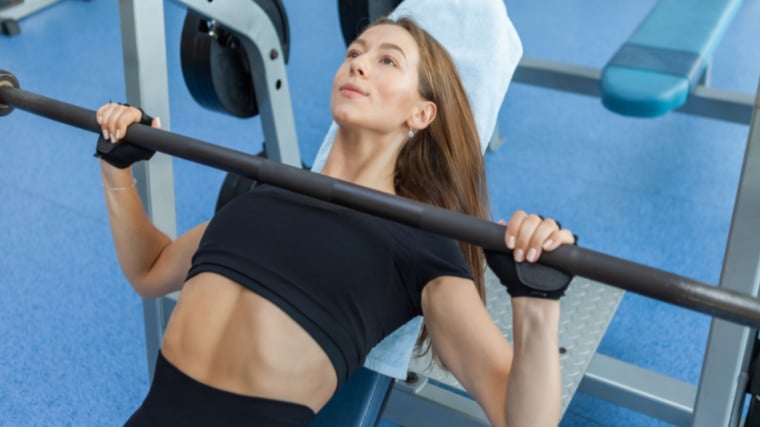
However, because the incline bench press is inherently more strenuous on the shoulder joint, it’s a poor choice for very heavy, low-rep programming. If your ultimate goal is upper body pressing strength, the flat bench press is be the preferred choice.
While both movements can be ideal for beginners and intermediate lifters, neither might actually be the best choice for very experienced lifters. The further along a lifting journey a you get, the more you might realize the incline bench press and flat bench press, performed with a typical barbell, aren’t exceptional for building muscle beyond a certain point.
Other exercises may create relatively less stress on the shoulder joint, while doing a more efficient job of isolating the chest, based on the actual biomechanical function of the shoulder and muscle action of the pectoralis. Dips are a top contender in that regard.
If awesome chest development is the name of the game, some variety outside these two bench press variations will eventually become necessary, and that’s important to know. Employing that kind of variety will also likely have your shoulders thanking you over time.
Pick Your Press
Whether you’re looking to boost your pressing power or build a serious set of pecs, either bench press variation can play a role in your training plan. Don’t rely solely on engrained habits or some long-running “tradition” of emphasizing the flat barbell bench press if it isn’t the most effective tool for your personal goals in the gym. Take an objective look at which barbell chest exercise really suits your needs, and then start discovering better results.
References
- Rodríguez-Ridao, D., Antequera-Vique, J. A., Martín-Fuentes, I., & Muyor, J. M. (2020). Effect of Five Bench Inclinations on the Electromyographic Activity of the Pectoralis Major, Anterior Deltoid, and Triceps Brachii during the Bench Press Exercise. International journal of environmental research and public health, 17(19), 7339. https://doi.org/10.3390/ijerph17197339
- Campos, Y. A. C., Vianna, J. M., Guimarães, M. P., Oliveira, J. L. D., Hernández-Mosqueira, C., da Silva, S. F., & Marchetti, P. H. (2020). Different Shoulder Exercises Affect the Activation of Deltoid Portions in Resistance-Trained Individuals. Journal of human kinetics, 75, 5–14. https://doi.org/10.2478/hukin-2020-0033
Featured Image: Hryshchyshen Serhii / Shutterstock
The post Incline Bench Press vs. Flat Bench Press: Rethink Your Go-To Chest Press appeared first on Breaking Muscle.
